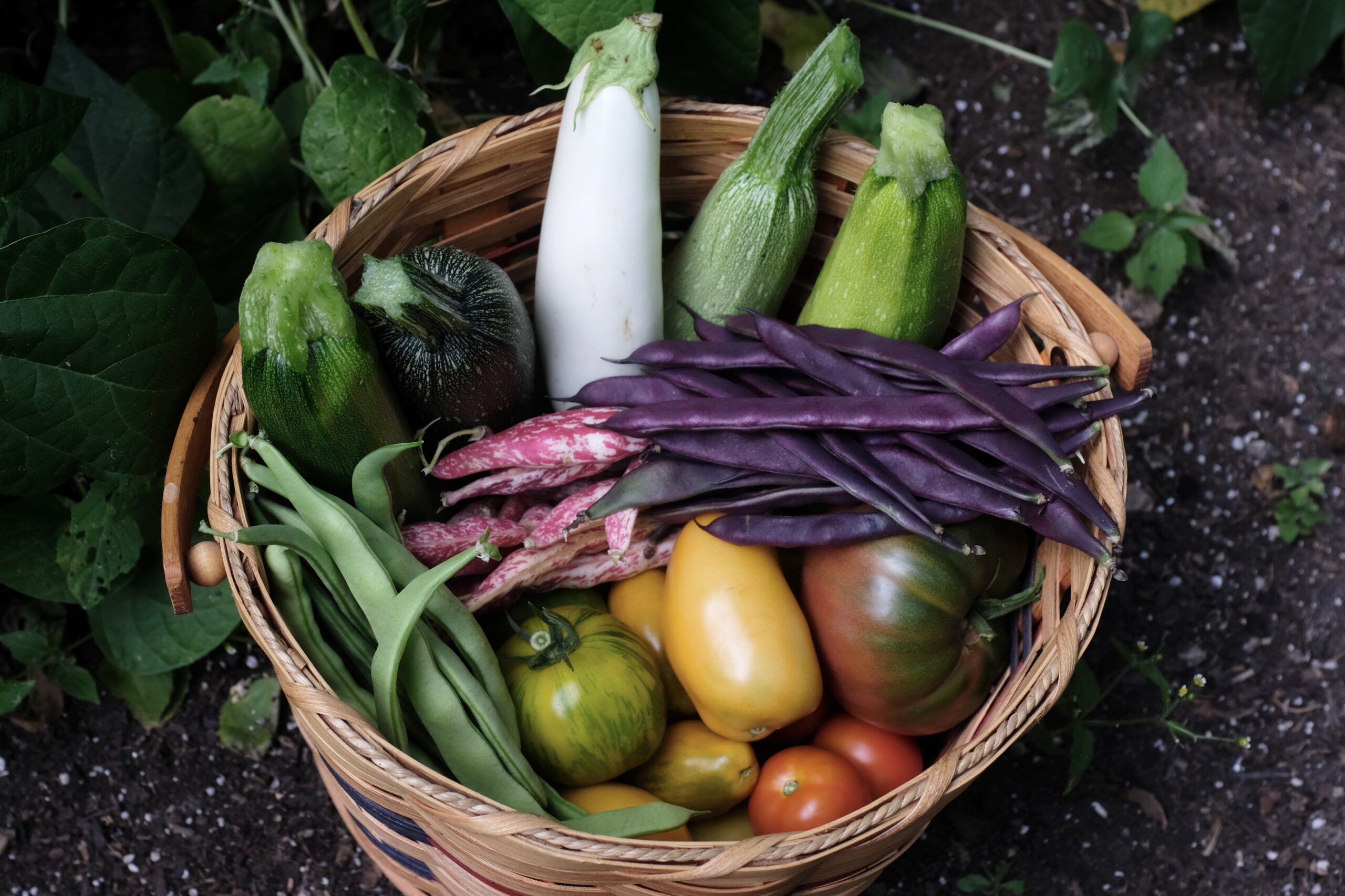While my gardening story is full of happiness and learning, that’s not how it starts.
When I was a child — I believe the summer before I was to become a kindergartener — I had a terrible accident. This trauma resulted in me getting a severe concussion, requiring hospitalization for eight days. While I don’t remember the experience, and no one was to find me for several hours, the assumption is that I fell off an outdoor stairway leading to my friend’s home on the second story of a duplex. My sister later found me. I was rolling around, mumbling gibberish. The accident led to me having aphasia for the length of my hospitalization; I couldn’t speak intelligibly for any of that time. And, I lost some basic coordination of my limbs — something that would have to be rebuilt over many years. (I still am terrible with tools and rarely catch things thrown at me.)
As part of my therapy, my doctor and mom decided it would be good for me to go out to our backyard garden and pick tomatoes. Picking tomatoes would test my coordination. By that, I mean that I had more coordination to build if I couldn’t grab the tomatoes without bruising or puncturing the skin.
Regrettably, my first foray into a garden (and last for quite some time) resulted in me stepping on an underground wasp hive. I don’t recall how many times I was stung. But this memory sticks with me, and the years of hatred of tomatoes that would have to be unlearned.
For all the years until I became an heirloom gardener—roughly 30 years—I would refer to raw tomatoes as evil and devil’s apples (as they used to be referred to in older days). I also jokingly mentioned the confusion of whether tomatoes are fruits or vegetables, as they greedily want to have it both ways.
Fast forward a few years. My parents divorced; my mom remarried, and we moved to rural Wisconsin. My stepdad had a job that did not pay a living wage. Mom had to stay home with a family that would double in size — 4 kids to take care of. As a result, we lived in poverty. Gardening, gathering berries and apples from the woods, and my dad’s hunting of deer and grouse, in addition to surplus government dairy products, helped keep our family fed throughout my time living there. Now and then, we also raised chickens (for eggs) and goats (for milk), which also helped things out. While I assisted with gardening and caring for animals, I can’t say I loved the chores.
Fast forward again to my last college semester. Professor Terrance Ball was my advisor for my senior honors thesis. A few years earlier, Professor Ball turned me on to the agrarian essayist, poet, and novelist Wendell Berry. I was deeply intrigued by Berry’s take on local economies as well as the merits of gardening to understand the real food process. One day, I told Professor Ball about my home in rural Wisconsin and that I had nothing important to do before beginning a job in September. He “instructed” me to go home and grow vegetables and gather fruits from the woodland on our farm. Almost immediately afterward, I asked my parents if this would be okay. “Um, sure,” was the answer.
On the weekends leading up to my move back home, I went back to till up two large garden plots. I also started the cool-weather veggies. Once I made the move, I immersed myself in gardening, foraging, and learning how to prepare food for freezing. I also spent hours with my mom’s gardening and food preparation books. Rodale’s “Gardening Answers” and Carol Hupping’s third edition of “Stocking Up” became my go-to guides. My mom also talked to her friends about my summer venture. A few donated some of their excess garden produce for me to preserve. Immediately upon moving back to Minneapolis, I bought a chest freezer. I filled it with the result of my hard work.
For most of the summers since then, I’ve maintained a garden. The same is true to varying degrees of success as long as I’ve owned my home. I give this caveat because, for many years, my home’s backyard had a line of tall, thin trees with incredibly invasive roots. This annoyance robbed my backyard of sunlight and water, as the roots stole the moisture before my vegetable plants could. In a story for telling later, I took down the trees. (They weren’t sequestering much carbon dioxide, so I feel no guilt in this.)
Also, to this day, my neighbor has a black walnut tree, which, in many ways, ruins the nearby soil’s good vegetable growth.
In 2013, Rebecca and I had our backyard redesigned by landscapers. They pitched more than half the backyard slightly to keep a level slope. But the remaining section is an entirely flat staging area, surrounded by three tiers of long 6″ x 6″ submerged cedar posts. I nailed a 3′-high, hardware cloth fence to the posts, built seven 6’x 4.5′ x 18″ raised beds, and filled them with organic soil, compost, and composted horse manure.
As noted, I also wholly transitioned my vegetable garden to using heirloom and open-pollinated seeds. I love the different flavors, colors, and nutritional benefits of vegetable varieties you would never find in a grocery store. I am also very concerned about our country’s lack of seed diversity. Could some super-pests decimate large portions of our food supply?
That is one reason I grow 25 to 50 varieties of vegetables in my raised beds each year.
Feel free to share your garden story (of any length) in the comments section below. I’d love to read about others’ quest to understand the value of real, good food.
Michael loves comments regarding his posts. (Comment at the bottom of this page.)




